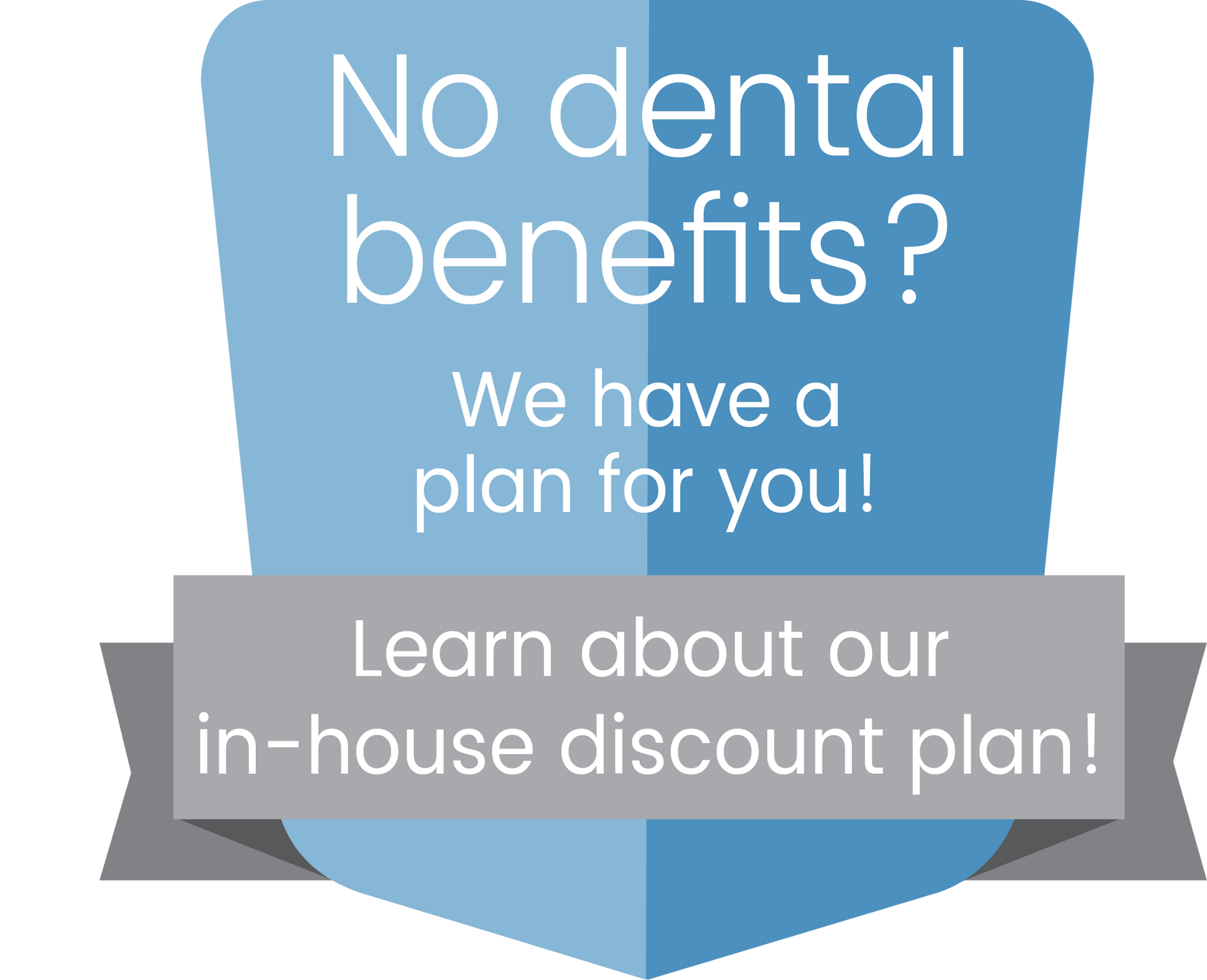Sleep Apnea Treatment In Stone Mountain, GA
Sleep apnea is a common sleeping disorder marked by shallow breathing, pauses in breath, and labored breathing which is typically followed by gasping for air. Pauses of breath can last from 5-to-60-seconds, or longer, and can happen from 5-to-30 times per hour. A pause in breath may be followed by a choking or snorting sound as the sleeper involuntarily gasps for air. The two main causes of sleep apnea are a blockage of the airway and poor signals from the part of the brain responsible for directing muscles that control breathing. These two causes may occur together, however sleep apnea caused by a narrow or blocked airway, known as obstructive sleep apnea, is the most common.
As oxygen is restricted to the lungs and brain, the sleeper is less likely to fall into deep, restorative cycles of sleep. A person suffering from sleep apnea finds themselves sleepy during the day. Serious health concerns including heart disease, high blood pressure, stroke, diabetes, and depression can also result from untreated sleep apnea.
Sleep apnea is manageable and there are a number of treatment options that can relieve the symptoms. Treatment options can range from lifestyle changes such as weight loss and smoking cessation, to devices that keep the breathing passage open through pressurized air, or by altering the position of the lower jaw and connected airways. A patient with sleep apnea should monitor their condition regularly to ensure symptoms and negative health affects are minimized.
Causes and Symptoms of Sleep Apnea
Central sleep apnea occurs when the area of the brain that controls breathing, fails to send proper signals to the muscles that control breathing. This type of sleep apnea is often caused by certain medications and medical conditions.
Obstructive sleep apnea is caused by a narrow or collapsed airway. With the airway blocked, it is difficult for air to travel through to the lungs. Pauses in breath occur as the physical obstruction keeps air from traveling freely through the airway. A snoring sound results as air is squeezed through the breath’s obstructed pathway. Not all snoring is caused by sleep apnea though. If you do snore, there could be a number of other contributing factors.
Children with enlarged tonsils are also at risk of experiencing obstructive sleep apnea as the inflamed tissue blocks the breathing passage. Small structural features along the air passage, such as the airways of the nose, mouth, and throat can result in sleep apnea.
Overweight individuals are often affected by obstructive sleep apnea as the excess tissue weighs heavily on the airway, causing it to collapse. According to the National Heart, Lung, and Blood Institute, more than half of people with sleep apnea are overweight. The condition is also more common in males than females and those with a family history of sleep apnea.
Warning signs of obstructive sleep apnea include:
- Daytime sleepiness or fatigue
- Headaches in the morning
- Dry mouth or sore throat in the morning
- Difficulties concentrating, memory lapses, depression
- Restlessness during sleep
- Night sweats
- Gasping or choking when sleeping
- High blood pressure
- Gastroesophageal reflux disease (GERD)
- Choking or drooling
- Wetting the bed
- Attention or behavioral issues at school or work
- Snoring
- Breathing that pauses or ceases
- Abnormal sleeping positions, such as sleeping on hands and knees, or head and neck noticeably bent back
- Waking up several times in the middle of the night to use the bathroom
Treatment For Sleep Apnea
The goal of sleep apnea treatment is to restore breathing during sleep and to alleviate associated symptoms such as snoring and excessive daytime sleepiness. By treating sleep apnea, a patient may also reduce associated health risks including heart disease, diabetes, stroke, and high blood pressure. Treatment options include lifestyle changes, breathing devices, dental appliances, and surgery. Some patients with sleep apnea find symptoms alleviated through lifestyle changes such as:
- Sleeping on your side may exert less pressure on the breathing passages than sleeping on your back
- Alcohol and sleep medications may cause symptoms to become worse
- Overweight sufferers may be able to lessen throat collapse by losing weight
- Smokers may find sleep apnea improves after quitting
- Nasal sprays and allergy medications can help keep airways open during sleep
Oral appliances may help relieve the closed air passageways. Certain devices control the position of the tongue and lower jaw, keeping the throat open during sleep. There are a number of custom-fitted dental appliances that can be made by our dental specialist.

